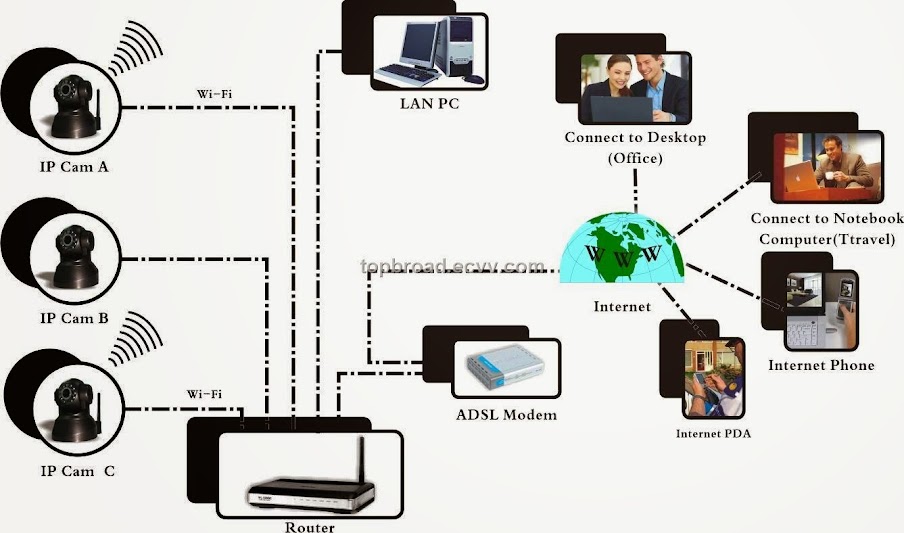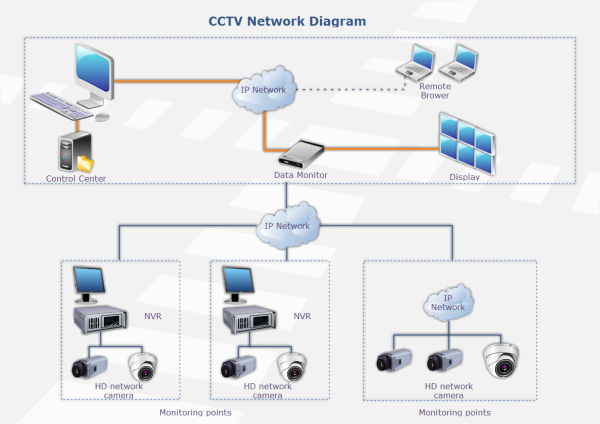Apr 10, 2015 05:42 pm | IDG News Service
The potential is considerable, but plenty of challenges
remain
by Katherine Noyes
Modern mobile technology may have been born with the first
iPhone, a quintessential consumer device, but it wasn't long before the
business possibilities began to emerge. Fast forward to today, and it's
difficult to find a company that hasn't embraced phones and tablets for its
employees to some degree.
It's not difficult to see why. After all, the potential is
nothing if not compelling: an untethered workforce equipped with easy-to-use
tools for workers to be productive no matter where they are and at any time of
day.
That allure, indeed, is surely part of the reason IT
organizations will dedicate at least 25 percent of their software budgets to
mobile application development, deployment and management by 2017,
according to IDC.
By that same year, in fact, the vast majority of line-of-business apps will be
built for mobile-first consumption, IDC predicts -- and for competitive
necessity at least as often as for efficiency or productivity.
The "bring your own device" trend -- in which
employees bring their own devices into the workplace -- is one key factor
contributing to this massive shift in enterprise computing. It's an extension
of the
consumerization
trend seen in enterprise technology more broadly: People want to have
the same mobile tools at work that they've become accustomed to in their
personal lives.
"This is a revolution," said Eldad Eilam, CEO of
mobile productivity vendor HopTo. "Everyone is looking into BYOD."
A veritable "tsunami of devices" has entered
companies as a result, said Rana Kanaan, vice president of products at
workspace-as-a-service provider Workspot. Also playing a role, however, is what
Kanaan calls "the rise of the corporate citizen": independent-minded
employees who place a high value on the ability to work wherever and whenever
they want.
Put those two trends together, and IT is left with a very
different landscape than what it faced years ago.
"Originally, we all worked on desktop computers in the
office," Kanaan said. "Then, in the first generation of the mobile
enterprise, we started working from somewhere else, but still on computers; we
tried to solve that through desktop virtualization."
When mobile technology first began to enter the corporate
world, employers tried to limit it to specific, locked-down devices and
applications. But users rejected that.
"The problem is, computing happens everywhere,"
Kanaan said. "That kind of control doesn't work -- it made users
revolt."
Today's workers simply expect to be able to use the
technologies they want and to be able to use them any time, said Michael Luu,
IS director for the city of Milpitas, California, which uses Workspot's
technology for mobile access. "The expectation is that even if you're on
vacation, you respond to email," he said. "It's just part of normalcy
now."
Vendors of enterprise software are racing to address these
new expectations in numerous ways. With its workspace-as-a-service offering,
for example, Workspot lets users securely access apps and data from any device,
it says.
Enterprise-software heavyweight Salesforce has committed to
a "mobile first" philosophy with
its
own applications, said Anna Rosenman, senior director of product marketing
for the Salesforce Analytics Cloud.
"If you look at the consumer space, people spend at
least 50 percent of their time on mobile devices," Rosenman said.
"We're seeing our users closely mirroring that behavior."
Even Facebook is working on an offering focused on the
mobile enterprise: Facebook at Work, which is now in beta.
"The cornerstone of the experience is mobile,"
said Elisabeth Diana, Facebook's director of corporate communications.
"It's a similar look and feel to Facebook; the primary difference is that
information shared through Facebook at Work stays within the company."
A handful of companies are currently testing out the
technology, and Facebook hopes to expand that number soon, Diana said.
HopTo focuses on enabling mobility while allowing companies
to leverage their existing Windows-based infrastructure, including Windows
Remote Desktop Services, Active Directory, SharePoint sites and cloud storage
services.
"The challenge we're seeing is that many companies have
a massive amount of legacy software that's used to run the business,"
Eilam said. "Converting that for mobile is extremely challenging."
Indeed, even as new solutions continue to emerge, there is
no shortage of challenges remaining for today's newly mobile organizations --
and the vendors that serve them.
Security, for example, remains a big one: By the end of this
year, only 15 percent of large companies will have adequate mobile security
governance, according to IDC.
"Mobile devices tend to store things locally,"
Eilam said. "That creates a really serious challenge: document
sprawl." HopTo's answer to that problem is to keep storage at the back
end, he said. Files can be edited remotely but are saved back to the place in
which they were opened, such as SharePoint or cloud storage.
Workspot's Kanaan points to a need for what she calls
contextual security. The idea is to build security technology that can
recognize when a user is trying to get to sensitive data on a mobile device and
respond by requiring extra authentication.
"That's a huge industry challenge for us to figure out,
especially when you look at regulated industries like health care and
finance," she said.
There's also a need for common ground on mobile app
development, Kanaan said.
"It's slow and costly to make enterprise apps work on
mobile," she said. "We don't have standardization there, and enterprises
are still struggling with that."
In short, there's no doubt the process of mobilizing the
enterprise world is happening quickly, but there's still plenty to be
addressed. Said HopTo's Eilam, "I think we'll continue to see a mix of
legacy and mobile technologies for a couple of decades still."










